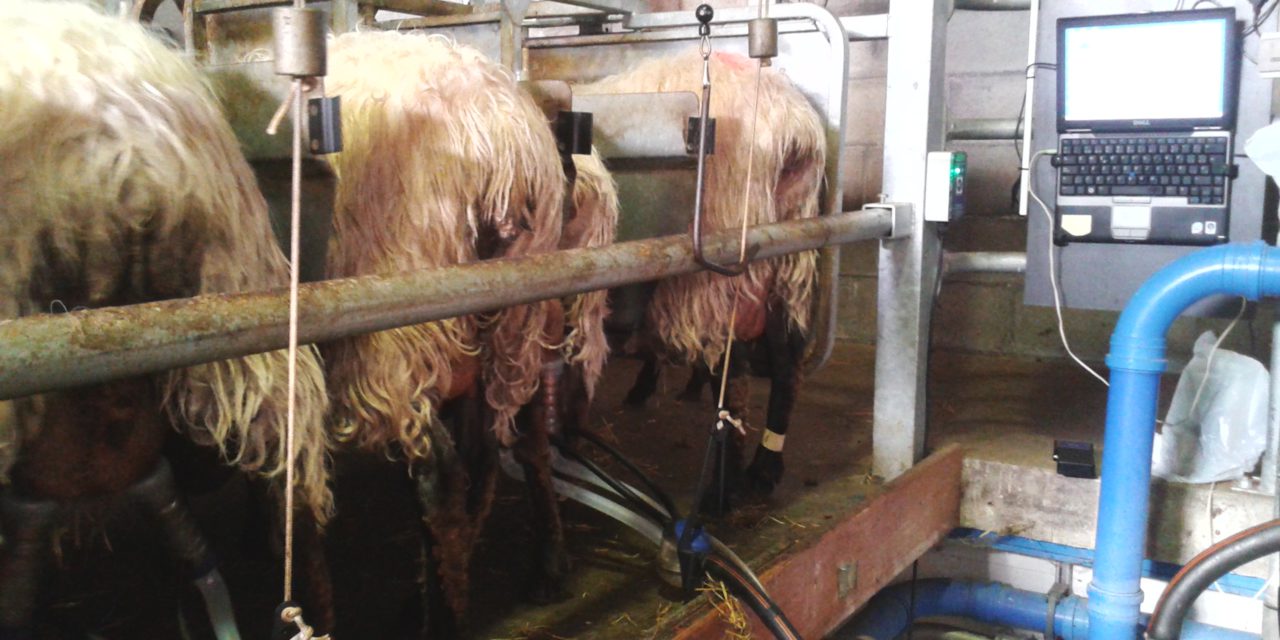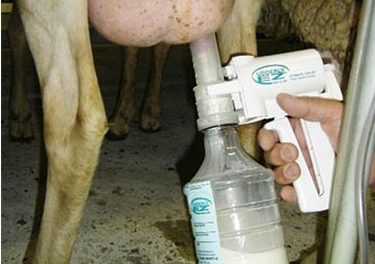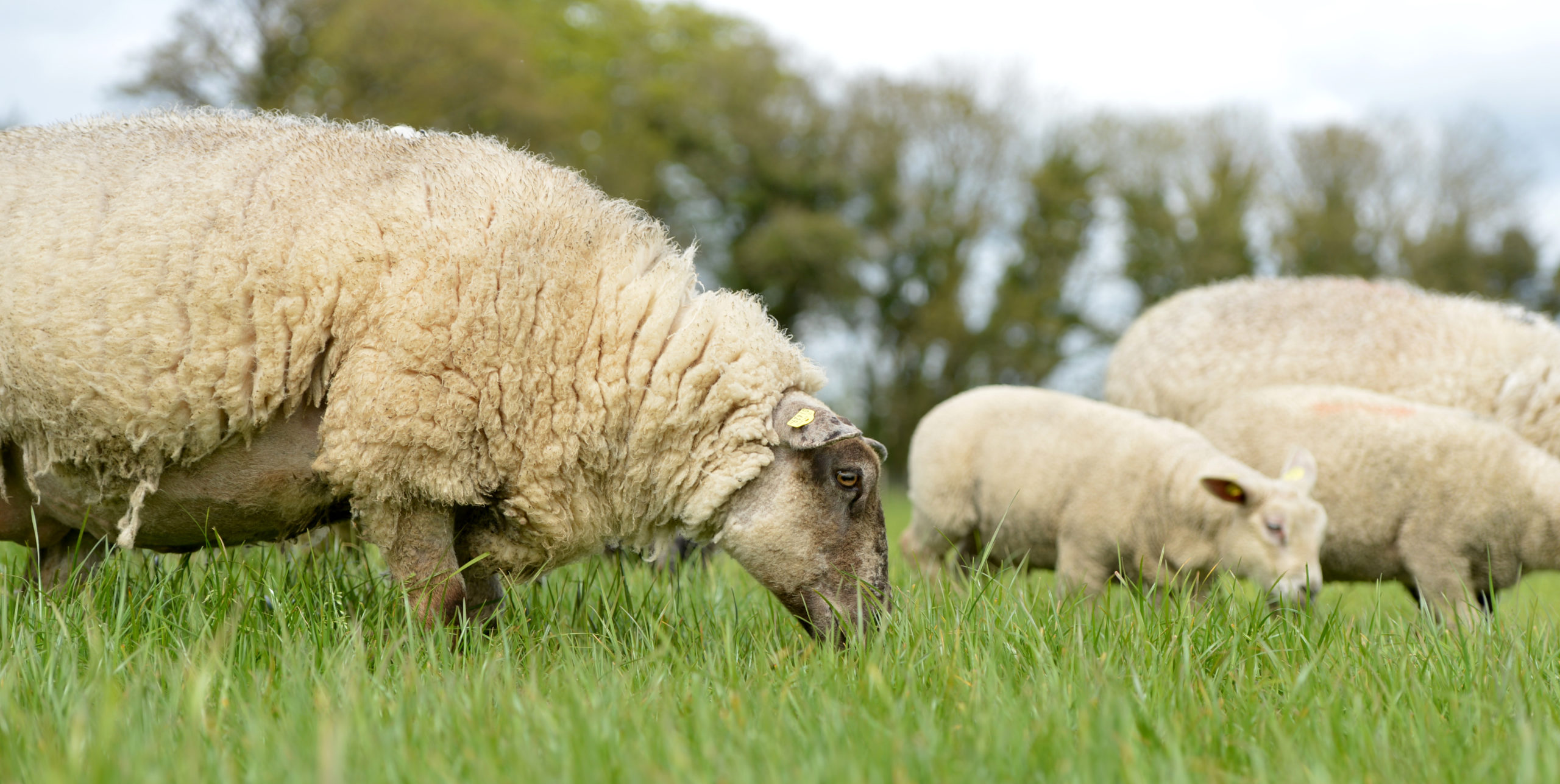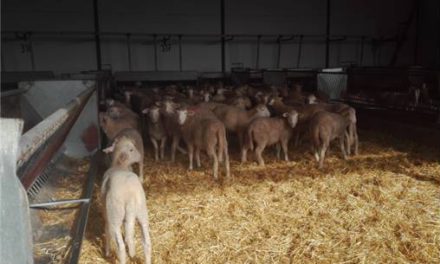This post is also available in:
![]()
![]()
![]()
![]()
![]()
![]()
Good milking practices
Solution name: Good milking practices
Aim: To increase the number of productive ewes and milk production in the flock
Description:
For a smooth and efficient milking routine it is necessary to work on different aspects simultaneously, which can be summarized in 12 golden rules.
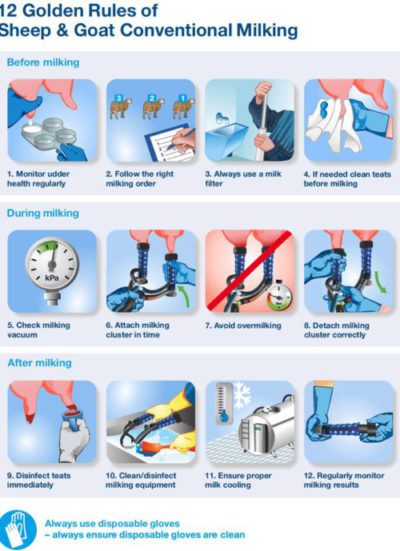
Topic: Health/Managment
Production: Dairy
Animal Category: Ewe
Issue: Milking machine management
Level of Solution: Practical
Country: Spain
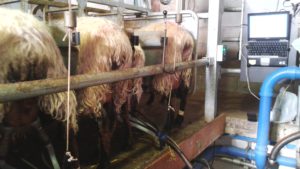
How to implement
Before milking
- Monitor udder health regularly.
- Follow the right milking order.
- Always use a milk filter.
- If needed, clean teats before milking.
During milking
- Check milking vacuum
- Attach milking cluster in time
- Avoid over milking
- Detach milking clusters correctly
After milking
- Disinfect teats immediately
- Clean/disinfect milking equipment
- Ensure proper milk cooling
- Regularly monitor milking results
Always use disposable gloves. Always ensure disposable gloves are intact and clean.
Expected benefits
- To avoid risk situations due to milking machine breakdowns.
- Maintain good udder health status
- Increase milk yield
- Ensure good sanitary milk quality
- Improve animal welfare
All this results in a higher economic profitability of the flock, more milk, higher price for milk sanitary quality, longer life of the animals, and less use of antibiotics, all aligned with the one health program.
Cost Benefit analysis
The estimated benefits from the implementation of appropriate milking practices are several. First, a general improvement of the sanitary status of the udder of the sheep, which is reflected in a decrease in the somatic cell count and in the incidence of mastitis. Therefore, is has implication in terms of animal welfare and less veterinary costs. In addition, it means higher milk yield (+3-5%) and better bulk tank milk quality and the consequent higher price perceived (+2-4%) by the farmer. For an average dairy sheep flock of 300 ewes and 200 l/ewe, the economic added income may range from 1500 to 4500 €.
Sustainability analysis
The implementation of cleaner milking routines means the utilisation of more hot water and disinfectant products both for the udder of the sheep and for the milking equipment (machine and deposits). In addition to higher water and energy consumption, more effluents (dirty water) are generated.
The implementation of preventive measurements around milking and the achievement of better sanitary status of the sheep, involves less incidence of mastitis and as a result less application of antibiotics and veterinary treatments. Therefore, this solution is aligned with the objectives of the “One Health” strategy. The incidences of hazards around milking should be less frequent, milking routines may become more regular and easier to be implemented, and as a result, more satisfaction for the farmer.
Prerequisites and/or limits
- To have a milking machine available.
- Farmer training

